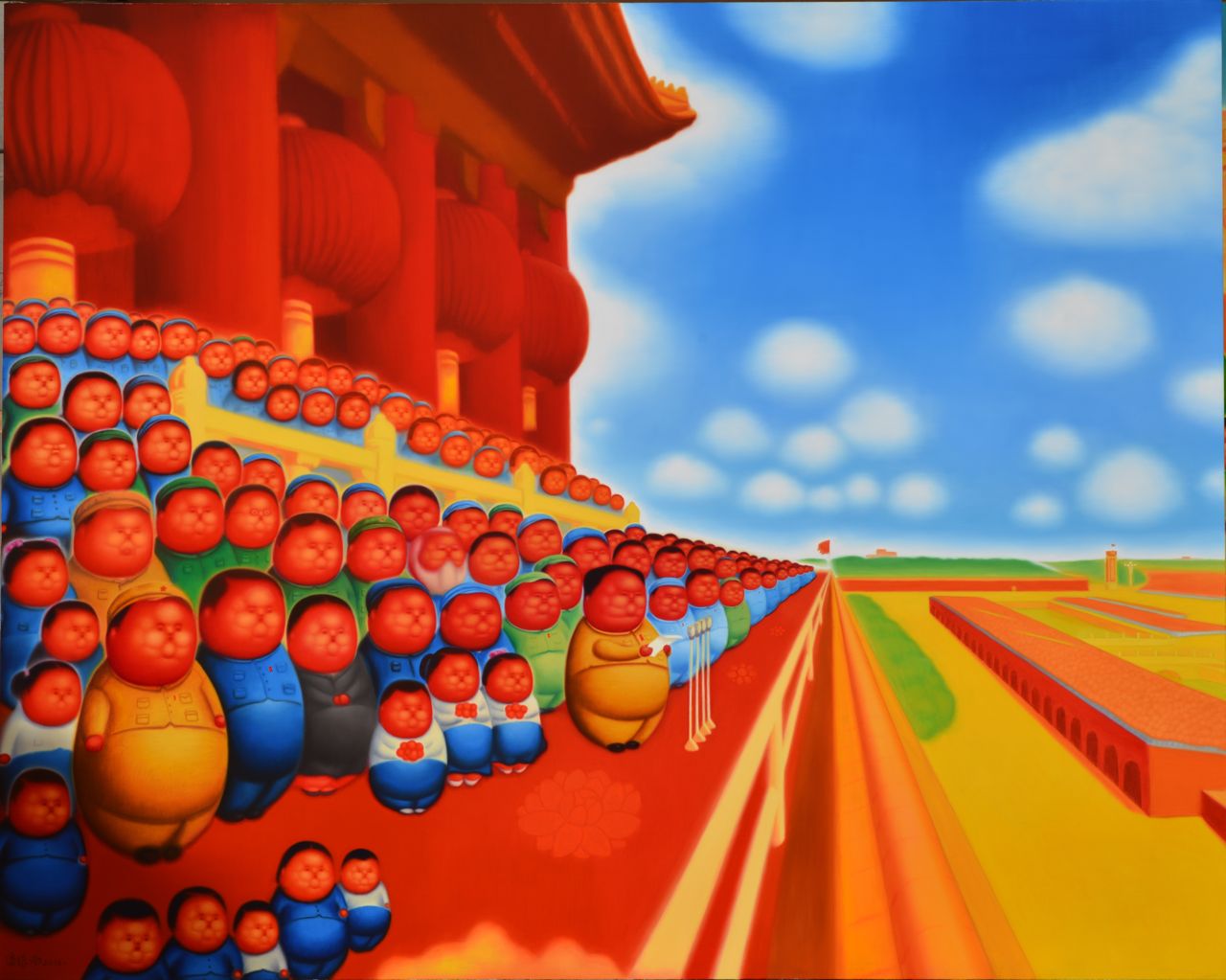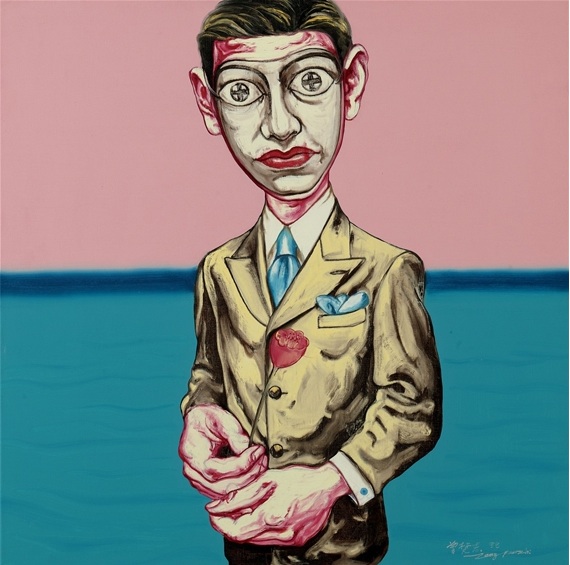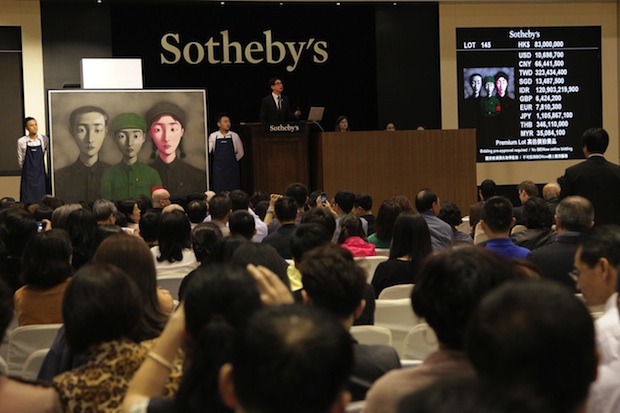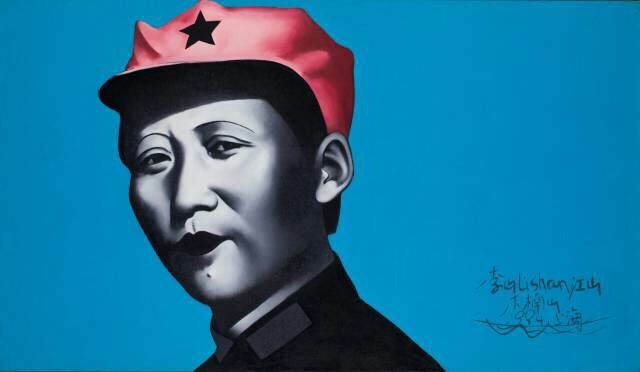Art investment is one of the three most profitable key investment areas in the world (finance, real estate, art investment). Because of its high rate of return and asset transfer flexibility, it has risen to become the hottest pursuit of investment and this has become the consensus of investors globally.

Art investment is considered to be a mid to long term investment because excellent investment worthwhile artworks have great liquidity and ultra-regionality and are often the peak creations during an artist’s creative journey, therefore they have irreplaceable value due to its scarcity. With the socio-economic rise and an increased sustained demand, Art will soon be far beyond the supply and prices will inevitably rise significantly, its value surpassing far more than financial and real estate investment in the days to come.
To comprehend a better understanding of what constitutes a successful or unsuccessful a.k.a profitable or non-profitable art investment collection, the key is to focus on three fundamental principles: The creation of an unique artistic style, Irreplaceable technical-skill maturity, High degree of rigorous serious aesthetics. Age and seniority or status can be omitted, because this is not a measurement of the true value of an artwork. An art investment collection selected and built carefully with these three vital points in mind is not only risk-free, the profits return is huge.
The Best Investment
The best investment are those which are grabbed at the right opportunity. A good investment should not only focus on well-known first in line Master artists, as often prices are very high, the number of truly excellent works selection are significantly lesser (as most have been collected much earlier) and the space for value-add is not as big comparatively.

The wise focus is to pay attention to second and third in line established artists who are already mature in their artistic styles and prices are reasonable, the choice of high quality works are sufficient and have a definite high value of artistic investment. This is how we make the most of our art investment opportunities among a large selection of different options out there in the market today. In fact, historically until now, the most treasured art collections are those created by an artist at the peak of his or her creation period. Often, it is during their early-mid life to the middle age that they will reach this point whereby they are active in their thoughts, have mature skills, physical strength and great artistic inspirations. Many of the renowned masterpieces contained in museums today were created during the artists’ mid-life period and are a true reflection of mankind’s spiritual progress, the reason why such artworks are considered priceless and the most valuable. There is no ‘old or new’ comparison or that an artwork is ‘out of fashion’. Only the quality of the artwork is the real measurement.
Why Chinese Contemporary Art?
With China’s booming economic prosperity and national strength, the Chinese government has paid increasing attention to the protection of cultural construction and artistic resources. The Chinese governments have allocated a lot of resources and funds to the construction of museums and art foundations. On top of that, more and more domestic enterprises are building private art museums to enhance the corporate strength and image from both an investment and art functionality perspective. The trends of Chinese contemporary art will further tighten due to this large continuous demand.
Art’s Profitability Factors

These days, many long-term investors look to diversify their portfolios by investing in Art. If you’re still wondering whether it is feasible to earn a profit from investing in art, consider this: According to Art Market Research, the price of art has risen more than 1,000% in the last 40 years. Recent years have shown a consistent rise of 25% or more. These kinds of returns have the investment world very interested – not only are large and small investors starting their own private collections, but many art investment funds have opened their doors and are ready for business. All in all, below are some key factors that further authenticate the profitability when you investment in art.
1. Physical Asset.
A big plus for many investors is the fact that you control the asset. It is in your care, not in the hands of an investment firm. Many people have a hard time trusting others with their investments, especially when wrongdoings and SEC investigations consistently make front page news. An art investment is all yours – the management, care, and storage are your responsibility.
2. Appreciates Over Time.
Unlike stocks, whose underlying companies reflect a volatile price, art usually appreciates steadily with time. If you have chosen the pieces in your collection wisely, sometime down the road your art is likely to be worth considerably more than what you paid for it.

3. No Market Fluctuations.
We all know what a roller coaster ride financial markets can be. However, stock market corrections, volatility, and other financial fluctuations are nonexistent in the art world. This is seen as one of the biggest advantages to investing in art. The collector can sleep peacefully at night, without the worries that plague other investors.
All in all, to involve in art collecting and investing in today’s market is no longer something that is mysterious and profound. You will be surprised that the general audience and art experts’ agreeability on the selection of a fine artwork often reach 90% compatibility, as it is in our human nature to appreciate beauty and fine objects. Art as an investment is no more inaccessible to the masses and with the right planning, no longer an area to tread with caution.
